Moose Description
The Moose is the largest of all animals in the deer family. They can be close to 8 feet tall and weigh between 1,200 and 1,800 pounds. The antlers of the males can spread more than four feet, with some being recorded at over six feet for the strongest and most dominant males.
Due to the cooler areas where the Moose is found they have a coat that is thicker than other deer species. They are a chocolate brown color. They body is very bulky and they have a nose that droops. There is also a flap of skin that hangs down loosely from the chin.
Moose Distribution
You will find these animals throughout North America, Canada, Russia, and Europe. However, in some regions they are called Elk which can really become confusing because there is a deer species already out there known as they Elk. Some Moose live in regions where it is warm enough in the summer but then very cold in the winter time. Others live in the sub arctic areas where it is extremely cold all year long.
Moose Behavior
They are likely to be the most solitary of all deer species in the world. They are also extremely territorial which is why their bodies give off such a strong odor. Even the females don't interact much but they are more likely to allow other females to feed in the same area as long as there isn't a shortage of food.
Moose Diet and Feeding
Most of the daylight hours for the Moose are spent consuming food. Due to their very large size they can eat lots of food every single day. An adult male averages about 10,000 calories per day.
Their diet consists of a variety of things including willow, twigs, birch, weeds, grass, and sage. What they have access to depends on where they live and what season of the year it happens to be. They do enjoy the seasonal fruits that can often be found in their natural habitat.
Moose Reproduction
Mating for the Moose takes place from September and into October. The males that prove themselves to be the strongest are able to move in and to mate with many females. These efforts can be exhausting though because first he has to prove to the other males he is dominant. Then he has to venture out to find the females who can be very spread out.
The bugling sounds of the male Moose calling to the females can be heard for a very long distance. He will continue calling until a female responds to him and he has found her. Once he has mated with her the process will continue in his quest to find other mates.
The young Moose will be born about 8 months after conception. What is very interesting is that if there is lots of food readily available she is very likely to have twins. When there is just enough food or not enough she will only have one. The young stay with their mothers for almost two years.
Most of the information we have about Moose interaction is in the form of the mother caring for her young. That is a job she takes very seriously and she will do all she can to help her young survive. The average life span in the wild is about 17 years for the Elk.
Moose Human interaction
Humans are big predators of the Moose but since they live alone it can be harder to find them than other species of deer. The males are the most vulnerable during the rut because they will take risks. They will come out of their normal habit to go look for the females and that is when hunters can access them easier.

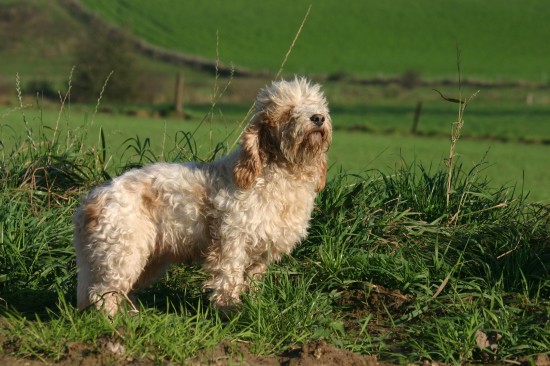 Petit Basset Griffon Vendeen Hereditary Health And Wellness
Petit Basset Grif
Petit Basset Griffon Vendeen Hereditary Health And Wellness
Petit Basset Grif
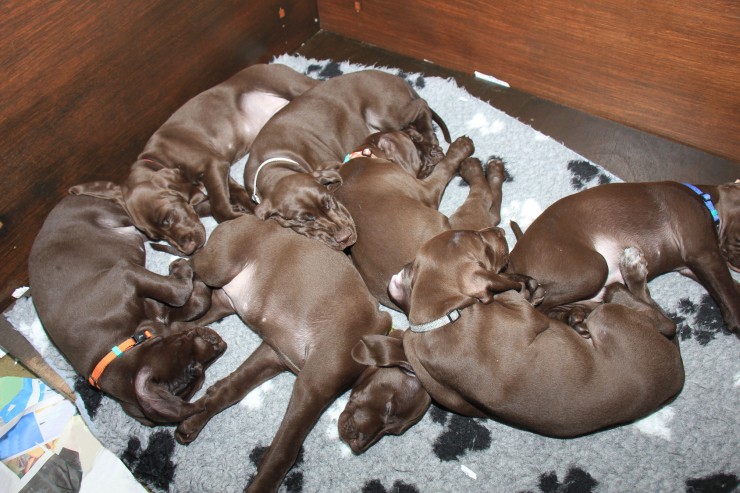 Seven Warning Signs Of Illness To Watch Out For In Young Puppies
Seven Warning Sig
Seven Warning Signs Of Illness To Watch Out For In Young Puppies
Seven Warning Sig
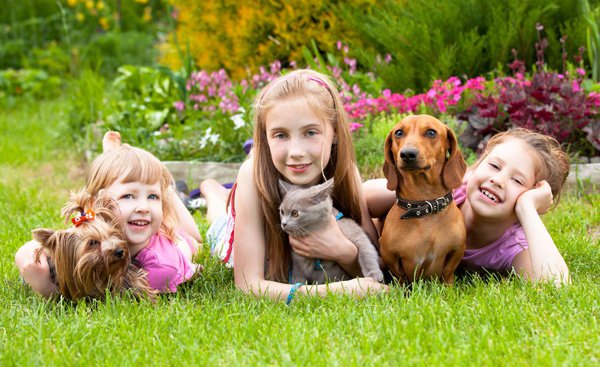 How Feeding Quality Treats Influence Dogs Health?
How Feeding Quality Treats Influence Dogs Health?
How Feeding Quality Treats Influence Dogs Health?
How Feeding Quality Treats Influence Dogs Health?
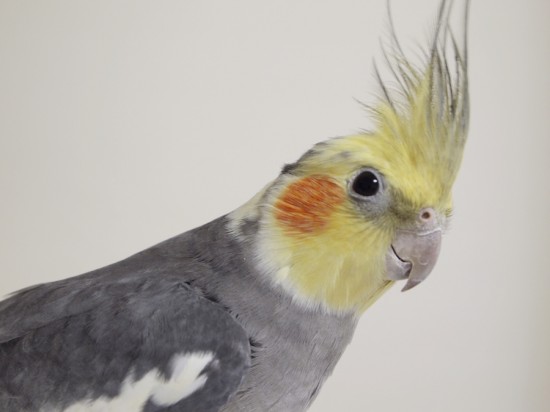 Considering A Cockatiel?
Considering A Coc
Considering A Cockatiel?
Considering A Coc
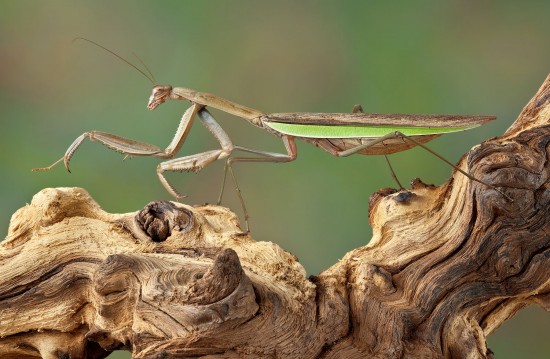 Is A Praying Mantis The Right Pet For You?
Is A Praying Mant
Is A Praying Mantis The Right Pet For You?
Is A Praying Mant